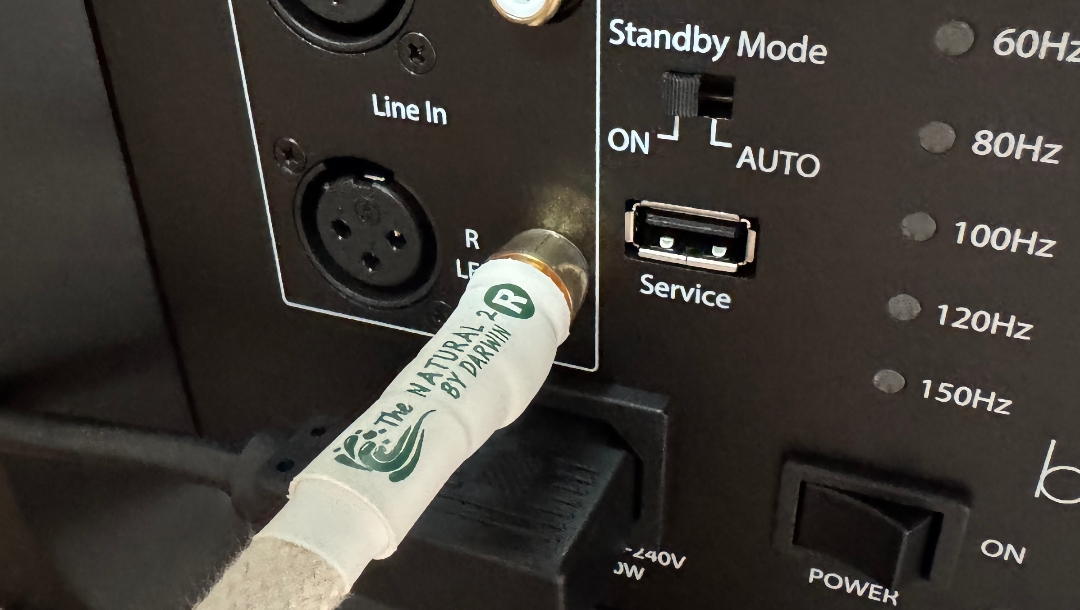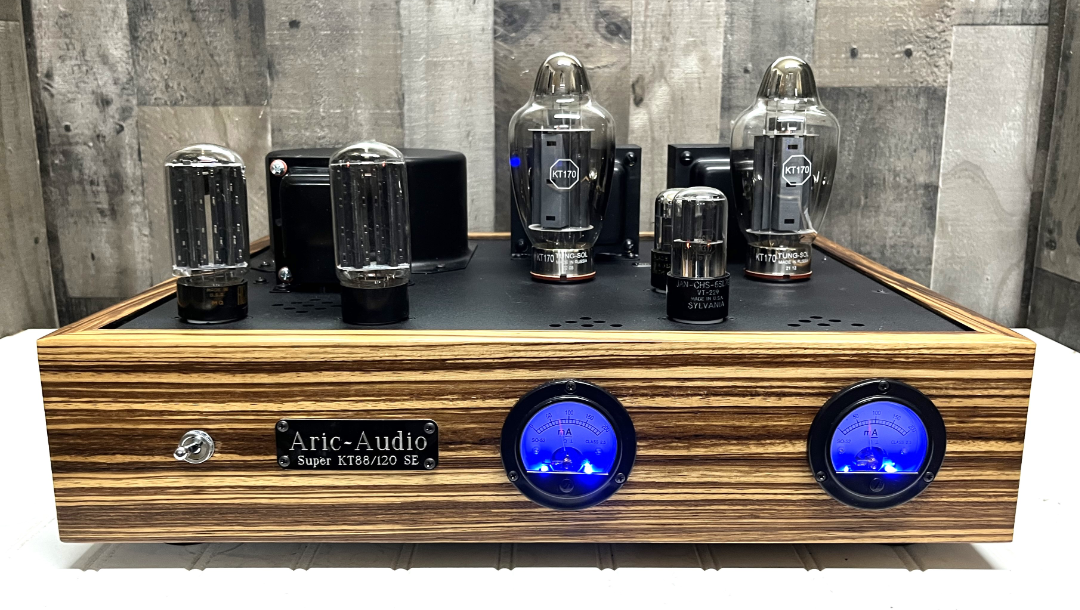I had the opportunity to speak with Bill Magerman from Darwin Cables. I recently did a video after using the “Darwin Natural” and talking to Bill always fun and enlightening. Enjoy!
What inspired the name “Darwin Cables,” and can you share the story behind its founding?
Darwin is a world-class Cocker Spaniel. Before we had a name, Tony tossed out a suggestion that was very objectionable to me; it’s best forgotten! I tried to be polite about it. So when he came back to me a few days later with Darwin Cables, I was thrilled. We could play up the whole evolution of sound motifs. Nobody would know we named the company after a beautiful dog unless we told them. It was not really a secret; it was a true story.
How has your design philosophy evolved since the first early cables you made?
When I was first asked about interconnects, I immediately knew I needed to self-educate very quickly. I found an obscure article online that said the best possible cable would be a direct wire soldered between the source and the amp. Not too practical. I found another article that talked about the benefits of low metal mass and others that focused on dielectric coefficients and silver vs copper. The early effort was all focused on how to respect and combine all of these design principles into a cable that could be built from mostly off-the-shelf parts (to keep the price sane) and not be so delicate that it was damage-prone. Since our first cables, we’ve worked to lower mass, improve durability, and test the limits of the design principles.
What led you to choose silver as the primary conductor for your cables?
Silver is a better conductor than copper. That is not open to debate; it’s a fact. Silver has this reputation with some audio folks as being bright. Or should I say copper is dark? Better signal transfer is going to impart better accuracy and detail. It will pass a signal that is closer to the truth of the source material. Do you want a cable that is a tone control? That’s weird to me.
How does the cryogenic treatment process enhance the performance of your cables?
Great question, I don’t know. I am not an EE, a metallurgist, or a scientist of any type. I am a tinkerer with a lot of patience for trial and error. I have my amateur theory, but that’s all. Metal has a grain, almost like wood. When things are seriously chilled, they contract. I am assuming that when the metal contracts, the grain is slightly realigned and remains that way upon restoration to room temperature. This allows for slightly better transport of the signal.
What’s the most significant innovation you’ve introduced in your cable designs?
Bare wire through a hollow tube. Building cables this way is slow and difficult. Insulation coating the signal wires does not help things. I came to this discovery on my own, but I now know one or two other cable builders also follow this recipe. I know I didn’t steal the idea, but someone may have beat me to it. There are still a few tricks I apply that I think are totally unique to Darwin.
What’s the most memorable feedback you’ve received from a customer?
On three occasions I can recall, I knocked out cables in the $15K+ price range from iconic companies in the cable industry. I had one customer return a set telling me there was “too much information” in the signal. That didn’t benefit my wallet but it was certainly memorable!
How would you describe the sound quality of Darwin Cables in one sentence?
Exceptionally accurate and detailed with a musical natural attack and decay.
What can we expect from Darwin Cables in the next few years? Are there any new products or innovations on the horizon?
I’m hoping to improve brand awareness. I figure the best way to do that is to improve our more affordable cables. That was the reason for the recent release of the Keystone 2 and the Natural 2.
High-end cables often face skepticism regarding their value. How do you address the critics who say expensive cables don’t make a noticeable difference?
Oh yeah, cables are the Rodney Dangerfield of the audio world, and with good reason. The short answer to the question is, just try the damn thing and tell me if your system sounds better. If it does, buy it. If it doesn’t, return it. Maybe it’s a little better, but I don’t know if it’s $800 better (or $25K better)? That’s between you, your ears, and your checking account.
Here is a more philosophical answer. Skepticism is good; I think it’s actually healthy as long as you keep an open mind and are willing to try new things in life. There is no direct correlation between price and performance in the audio world, especially with cables. No two systems or listening environments are identical. Even more varied is our individual hearing. Hearing changes substantially as we age. Many listeners feel that our cables make a very nice improvement to their system. A few, not so much. That’s OK, too; it’s a subjective hobby.
Darwin Cables
– READ NEXT –
Subscribe to The Joy of Vinyl Newsletter


